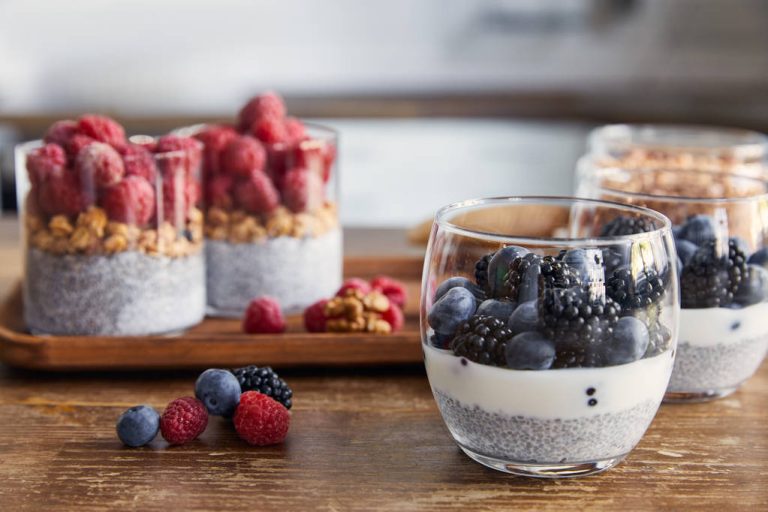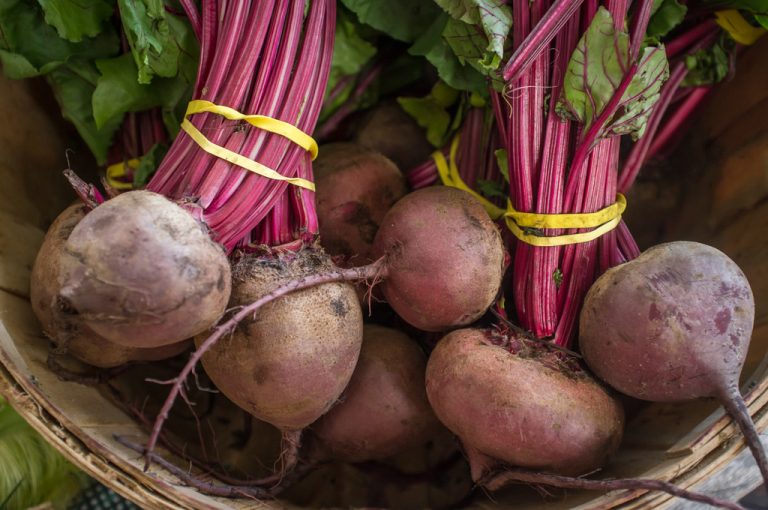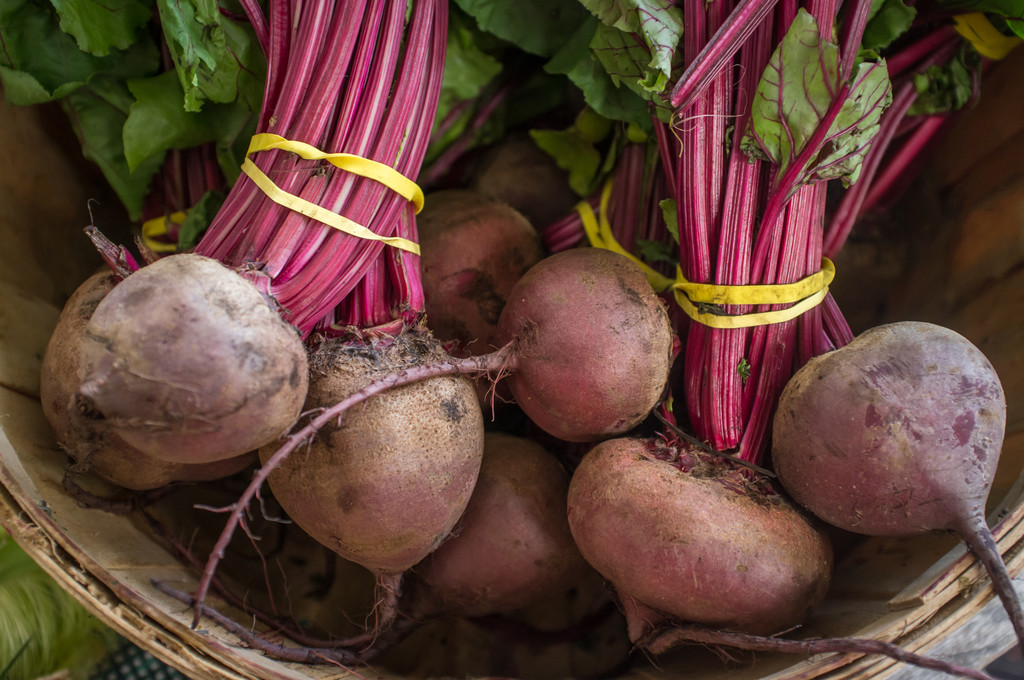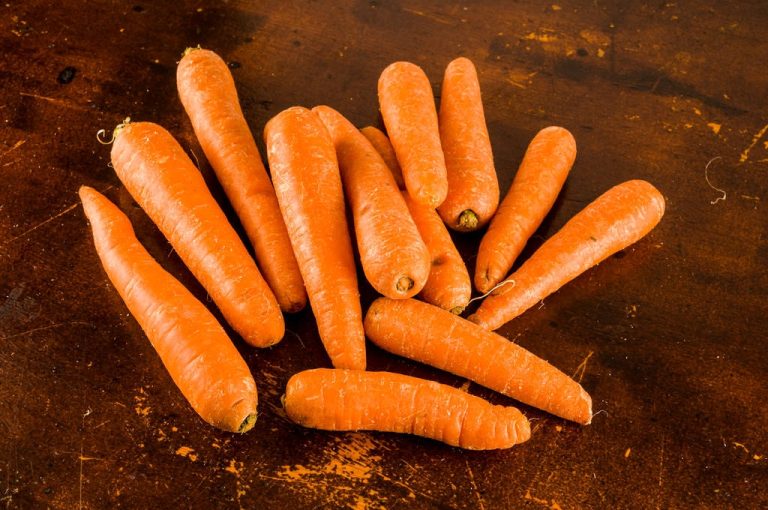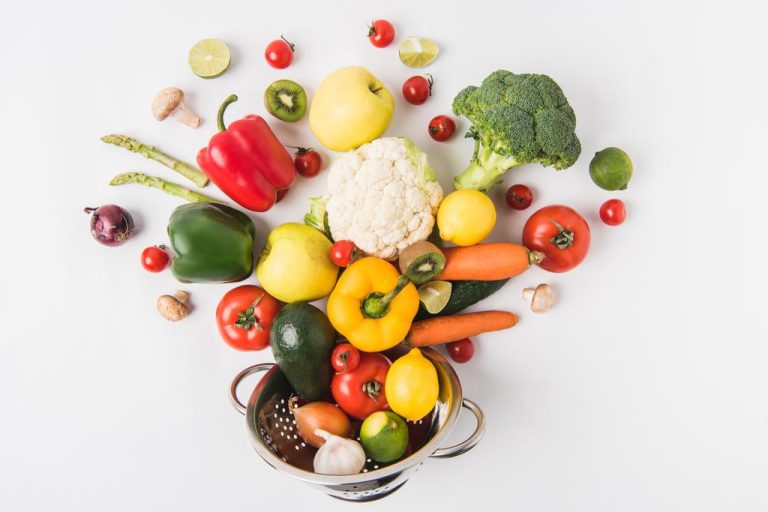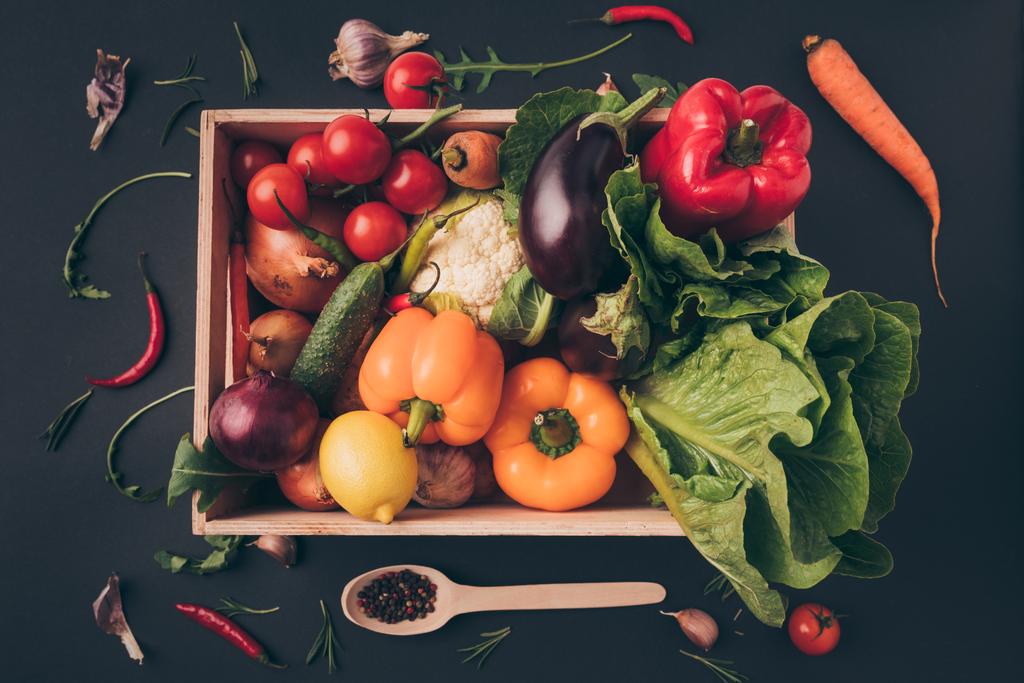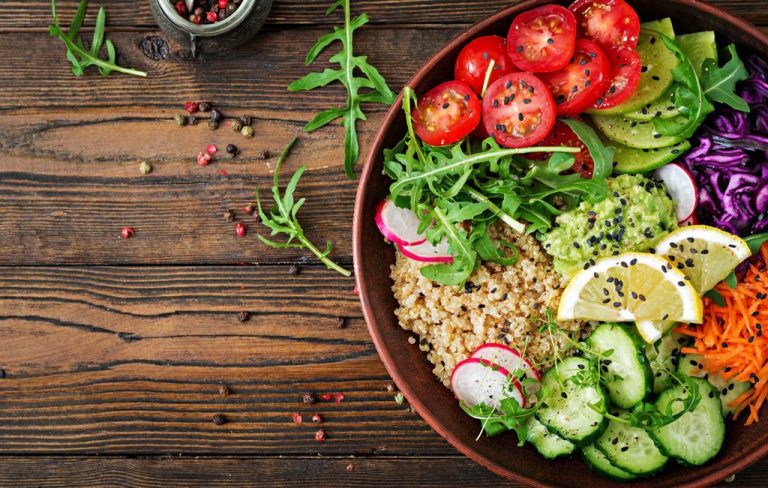A simple but effective measure against food waste is to store food properly. However, there are many common misconceptions. We explain why your food spoils in the first place – and which common mistakes you should avoid when storing it.
1. Watery vegetables don’t go in the fridge

Vegetables belong in the vegetable compartment of the refrigerator – sounds logical, but it’s not always true. In fact, it is a question of the variety: Cucumbers, aubergines and courgettes are among the types of vegetables with a high water content, which lose their aroma in the refrigerator and go moldy more quickly.
They are therefore better kept at room temperature, ideally even in the basement or in a pantry with temperatures around 15 degrees.
2. Please do not store all types of fruit together
Storing fruit correctly is relatively complicated: On the one hand, it is important to distinguish between varieties that ripen later and those that do not. The latter, such as berries, cherries, grapes, should be eaten promptly. On the other hand, it depends on whether the fruits themselves give off the natural gas ethylene, which influences the ripening process, or whether they are particularly sensitive to it.
Examples of cultivars that give off ethylene are apples, apricots, peaches, plums and bananas. Bananas are also sensitive to ethylene, but so are kiwis, pears, watermelons and citrus fruits. These two groups do not belong side by side; unless you take advantage of the effect to let individual fruits ripen faster.
If you don’t quite understand the interactions and just want the fruit to last as long as possible, it’s better not to store it together in a fruit bowl – even if it looks decorative. The same applies to heat-sensitive varieties that go into the vegetable drawer in the refrigerator: make sure that the “neighbors” do not have a negative influence.
3. Kiwis and fresh figs need refrigeration
Tropical fruits usually like it warm and do not tolerate cool storage well. Mangoes, bananas, pineapples and all citrus fruits should therefore not be stored in the refrigerator.
But exceptions confirm the rule: kiwis are also tropical fruits, but they can still be kept in the refrigerator – provided they have already reached their ripeness and do not need to be left to ripen at room temperature. They will keep refrigerated for up to two or three weeks. You should also keep fresh figs in the fridge – but only for a few days. The sooner you eat them, the better.
4. You have to store avocados differently depending on how ripe they are
Long transport routes and high water consumption: avocados are problematic from an environmental point of view and should therefore not be on the table every day – and if they are, then if possible in organic quality. The poor eco-balance of the green stone fruit is one more reason to ensure proper storage and to prevent the precious avocado from ending up in the trash.
Whole fruits that are not yet ripe are best stored at room temperature without excessive exposure to light – note that avocados are also one of the ethylene-emitting varieties and thus allow other fruits to ripen faster.
A ripe avocado that you don’t want to eat right away, on the other hand, is better kept in the refrigerator, where its ripening process is interrupted – this way it will keep for another two to three days. Extra tip: Halved avocados stay fresh longer in the fridge if you don’t remove the pit.
5. Tomatoes and lettuce need separation
A fresh leaf salad can be perfectly combined with tomatoes. However, storing both together in the vegetable drawer of the fridge is not a good idea.
You actually make two mistakes: Tomatoes give off ethylene and make the lettuce wilt faster. Incidentally, as a vegetable containing water, they are not well kept in the refrigerator anyway; they lose their aroma and go moldy faster.
It is better to store tomatoes at room temperature and keep the salad fresh in the fridge – unwashed, wrapped in a damp tea towel or placed in a freshness box.
6. Don’t put milk (products) in the wrong place in the refrigerator
The door is the warmest part of the fridge – and well-suited for ketchup, mustard and the like. However, what has no place there is fresh milk: it keeps around five degrees longer in the middle compartment of the fridge; Yoghurt, quark and cream as well. The top tier is the perfect temperature for butter.
For cheese, the crisper or middle rack is a good choice. However, the most important rule here (apart from cream cheese) is: do not pack airtight! It is better to use a cheese box or special cheese paper for this. However, you can store cheese slices in the original packaging.
7. Bread needs different storage depending on the season
When it comes to bread, there is no one-size-fits-all recommendation for proper storage. If it’s very hot and humid in the summer, you can actually refrigerate it to prevent mold. Otherwise, dry refrigerator air does the bread no favors and makes it stale.
For the rest of the year you should therefore store fresh bread from the baker at room temperature – a bread box or a ceramic bread pot is ideal for this. Stale bread can also be used wonderfully in delicious recipes.
8. The freezer doesn’t preserve food forever
In order not to waste food, it is a good idea to freeze leftovers before they spoil. So you can store them for a particularly long time – but not indefinitely. What many do not know: food in the freezer lasts for different lengths of time.
You should freeze fruit and vegetables for around 11 to 15 months, beef and poultry can be preserved for 9 to 12 months – fish and fatty meat for only 6 to 9 months. It is best to label containers in the freezer with information about the contents and the date: this way you can keep track of everything.
How does food go bad anyway?
Certain natural changes can spoil our food. The most common of these is microbial: moulds, yeasts or bacteria ensure that food goes mouldy, rots, ferments or becomes sour. Physical influences such as temperature, time or humidity cause the bread to dry out or the lettuce to wilt. And chemical and biochemical changes lead, for example, to fat becoming rancid through contact with oxygen or to enzymes in food breaking down vitamins, colorings and flavorings.
The good news is that when we buy fresh food, we can influence how long it lasts by storing it optimally. For example, the refrigerator slows down the cell metabolism of food and allows microorganisms to grow more slowly. A pantry or pantry protects against sunlight and moisture, delaying spoilage. We just have to learn to use these achievements properly.



